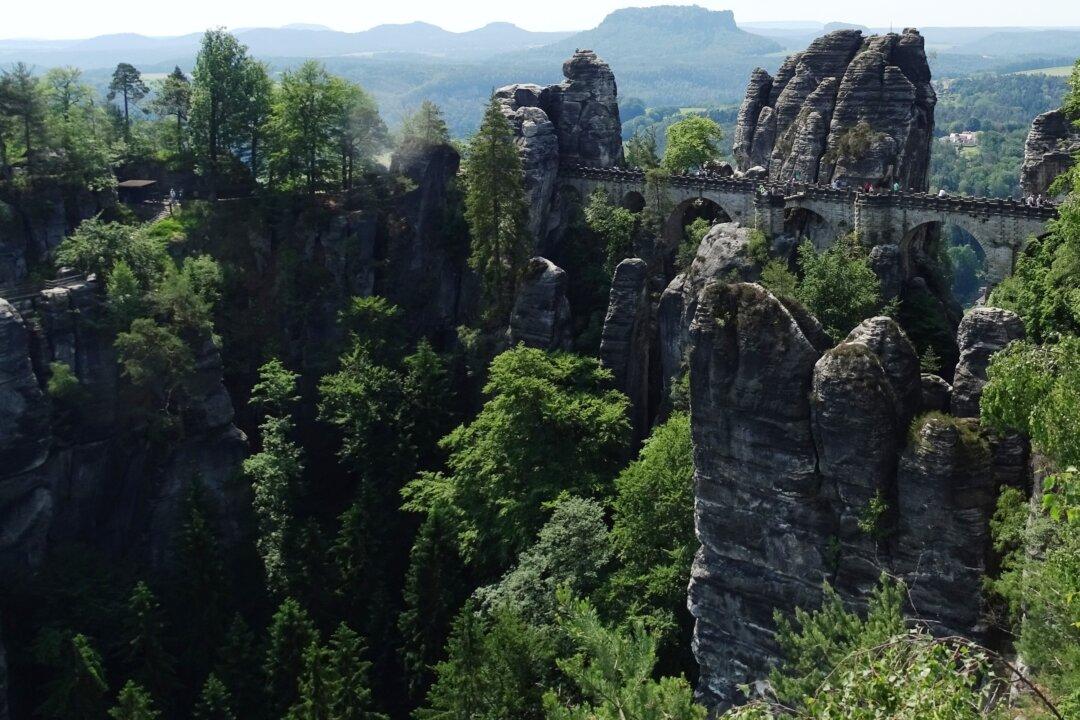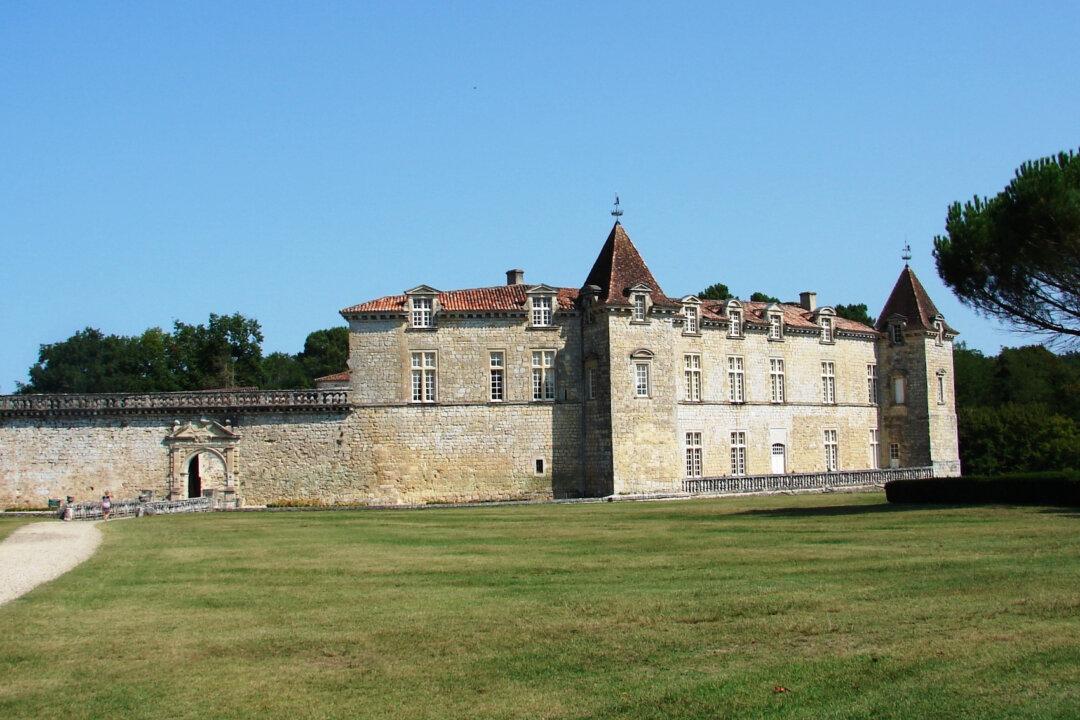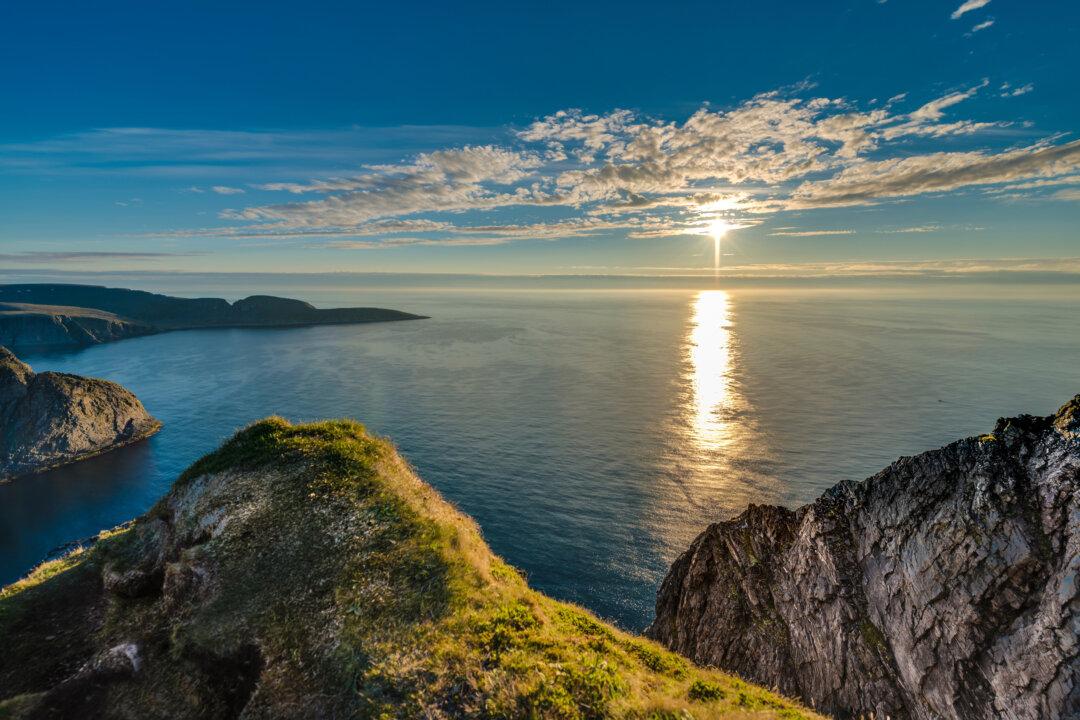A major scenic highlight of any cruise through Eastern Europe via the Danube River is the dramatic landscape that greets you through a set of gorges that separates Serbia and Romania. I was able to enjoy this spectacular section of the river for myself on my recent Gems of Southeast Europe cruise with AmaWaterways.
Broadly speaking, the Iron Gates encompass an 84-mile section of the river, which consists of some very narrow gorges and some wide basins, with massive rock cliffs rising up on both sides. Before the river was dammed, these narrow gorges contained very treacherous rocks, rapids, and whirlpools, so navigating through there had been extremely dangerous.





